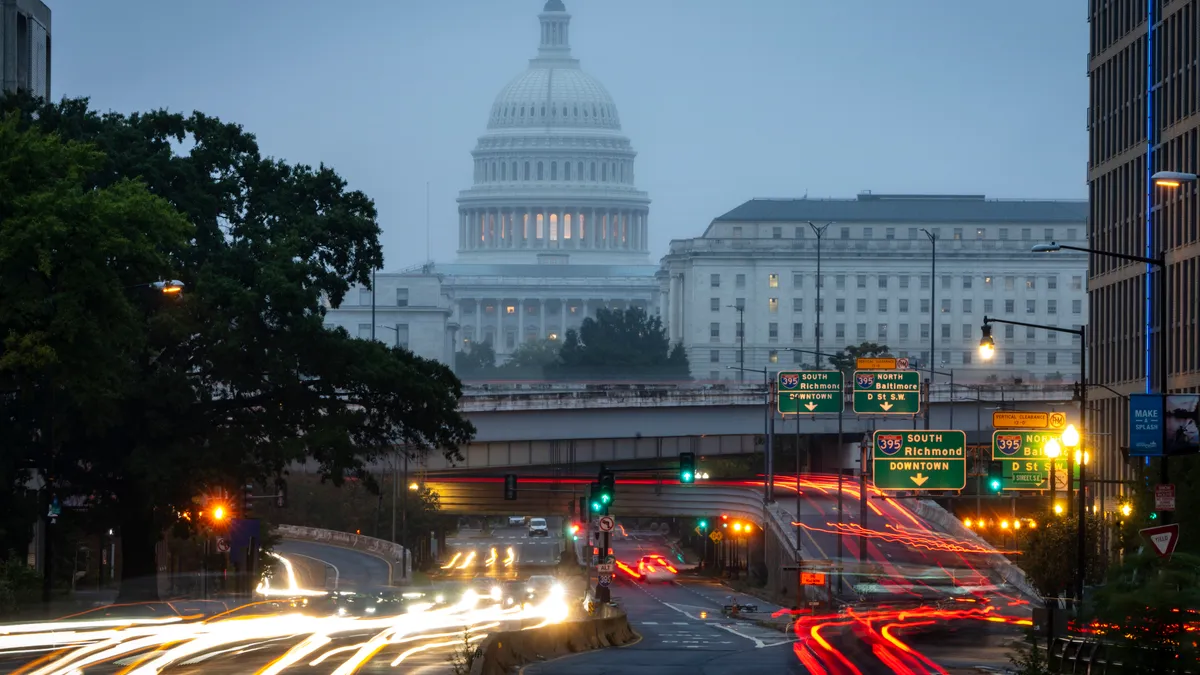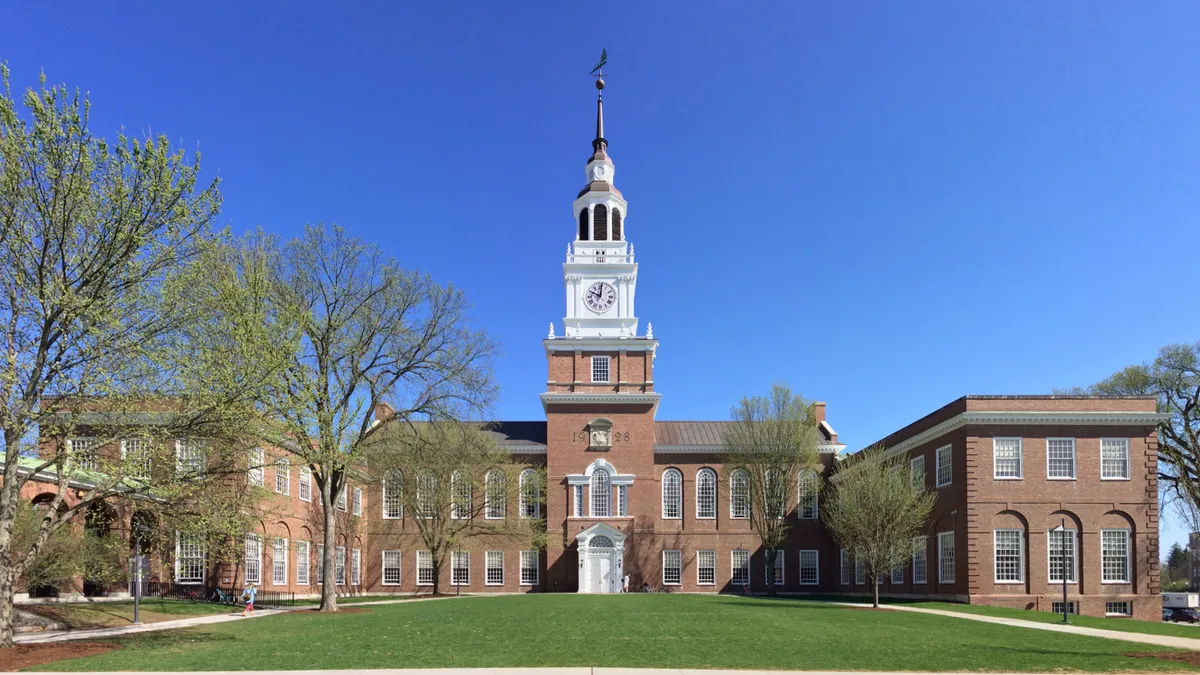Michelle Dimino is senior education policy advisor at Third Way and Alyssa Ratledge is research associate for postsecondary education at MDRC.
If ever there has been a moment to talk about college completion, it's now, as Congress considers a first-of-its-kind grant fund for retention and completion initiatives. A College Completion Fund would be a landmark federal investment in getting students across the finish line to a college degree — and we need only look at current outcomes in higher education to see why greater focus on college completion is needed.
Federal support for higher education has historically focused nearly exclusively on college access — namely, providing financial aid and student loans to help more students pay for college. In 2019-2020, the government spent more than $28 billion on need-based Pell Grants, and the Congressional Budget Office has projected spending on the federal student loan program will total about $32 billion over the decade between 2019 and 2029.
While these investments have succeeded in their important goal of getting more students in the door, that's only step one. Students can't reap the full value of a college degree if they don't graduate, and too many students don't get there. That's because today's students face a wide variety of barriers along the pathway to completion, ranging from insufficient financial aid to cover the costs of college beyond tuition to a lack of support navigating the maze of paperwork and requirements it takes to make it to graduation.
We've seen the results of funding access but not completion, and they're not pretty. Today, only six in 10 students complete a bachelor's degree within six years, and only one in three community college students complete an associate degree within three years. More than one million borrowers, many with college debt but no degree, default on their student loans each year. The U.S. government could lose more than $400 billion from the current federal student loan portfolio from defaults and existing federal loan forgiveness programs.
Compared to current spending on college access, the new proposed investment in college completion would be a drop in the bucket. Yet that funding would represent a vital shift in federal policy attention in higher education — one that recognizes that investing in student success is critical, and that when it comes to boosting graduation rates, we have a strong evidence base to build on.
The results from studies conducted by MDRC and other researchers have coalesced around a clear finding: The most effective way to increase college graduation rates is through multifaceted student support programs that simultaneously address many common barriers to success and do so throughout a student's college career. Also called Comprehensive Approaches to Student Success, these types of programs have been multiplying across the country to meet student needs.
Here's an example: the Accelerated Study in Associate Programs, or ASAP, model designed and developed by the City University of New York system and replicated in a wide variety of settings from Ohio to West Virginia to California. The ASAP model offers students high-touch case-management advising, tutoring, financial support including textbook coverage and monthly transportation assistance, consolidated course schedules, and more to help them stay in college, enroll full time, and earn more credits. This program has been shown in two rigorous evaluations to dramatically increase graduation rates for low-income community college students. The three-year completion rate rose by 18 percentage points in New York to 40% and by 16 percentage points in Ohio to 35%. Notably, ASAP serves students for three full years, continuing to address their needs through to graduation.
The bottom line? Providing students with the additional support that they need to persist in college — financial, programmatic and academic — is essential to seeing big impacts on graduation rates.
If we continue to focus overwhelmingly on college access, we will see only marginal improvements toward the main goal: graduation. But with a greater federal focus on student success, we can use research evidence to move the needle on college completion.











